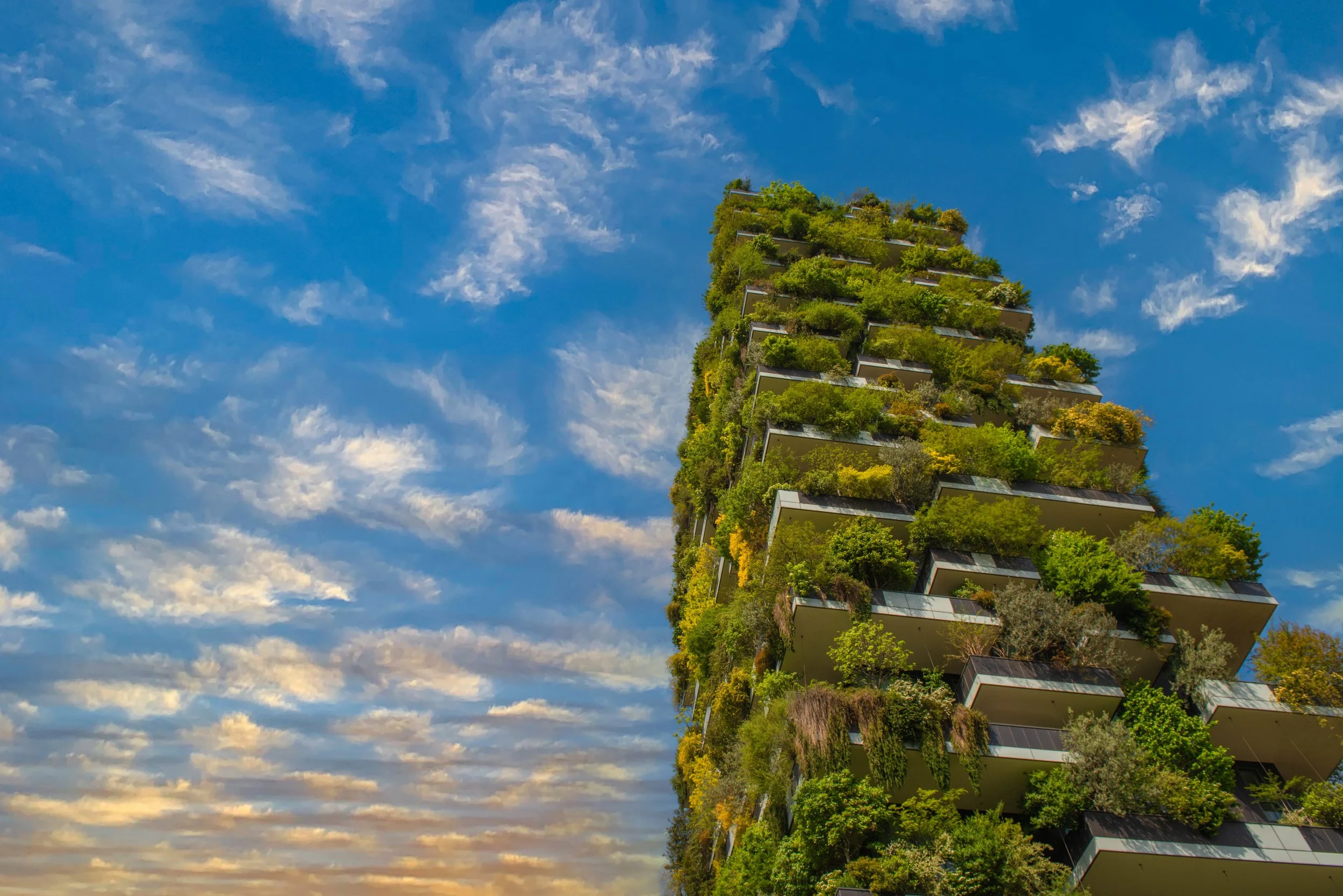Sustainable Interior Design: Transforming a Wasteful Industry for a Greener Future
In an era where environmental consciousness is more critical than ever, industries across the board are faced with the challenge of minimising their ecological footprint. Interior design and fit-out, although could be considered a wasteful industry, have increased sustainable practices and incorporating eco-friendly principles into their processes. By focusing on upcycling, repurposing, and utilising recycled and sustainable materials, the interior design industry has the potential to contribute positively to the preservation of our planet.
Embracing Upcycling and Repurposing:
One of the key approaches the interior design industry has adopted to minimise waste is upcycling and repurposing. Instead of discarding old or unused materials, designers are now seeking creative ways to give them new life and purpose. By refurbishing or repurposing furniture, fixtures, and accessories, the industry can reduce its reliance on new resources and significantly decrease the generation of waste.
This shift toward upcycling and repurposing has not only led to unique and one-of-a-kind designs but has also helped in reducing carbon emissions associated with manufacturing and transportation. Additionally, repurposing initiatives provide opportunities for local craftsmen and artists, encouraging a more sustainable and circular economy within the industry.
Recycled Product Backing:
Another significant step taken by the interior design and fit-out industry is the increased utilisation of recycled materials in their products and projects. Companies are now incorporating recycled content into flooring, wall coverings, textiles, and various other interior surfaces. By choosing products with recycled content, designers not only decrease the demand for new raw materials but also contribute to the reduction of waste in landfills.
The introduction of recycled product backing has proven to be an effective way to divert waste from the waste stream while maintaining high-quality standards in interior design. This shift allows for the creation of aesthetically pleasing and functional spaces that are in harmony with the environment.
Sustainable, Eco-Friendly Processes:
Apart from upcycling and incorporating recycled materials, the interior design industry is increasingly embracing sustainable, eco-friendly processes throughout its supply chain. From manufacturing to transportation and installation, companies are adopting environmentally conscious practices.
Designers are opting for low-VOC (volatile organic compound) paints, adhesives, and finishes, reducing harmful emissions, and improving indoor air quality. Furthermore, sustainable sourcing of materials, such as responsibly harvested wood, renewable textiles, and non-toxic materials, is gaining popularity. By considering the entire life cycle of products, the industry can minimise its environmental impact and encourage a more sustainable approach.
Enhancing Environmental Considerations:
While the interior design industry has made significant strides in incorporating sustainable practices, there are still further opportunities to enhance environmental considerations:
1. Emphasise Energy Efficiency: Designers can integrate energy-efficient lighting, heating, and cooling systems into their projects to reduce energy consumption and promote sustainable living.
2. Promote Biophilic Design: Incorporating elements of nature into interior spaces, such as living walls and natural lighting, can enhance occupants' well-being and connection with the environment.
3. Educate Clients: Designers can play a crucial role in educating clients about the benefits of sustainable design choices and encourage them to make eco-friendly decisions that align with their values.
In Summary:
As we commemorate World Environment Day, it is vital to recognise the significant efforts made by the interior design and fit-out industry to address its wasteful nature and prioritise environmental considerations. Through upcycling, repurposing, recycled product backing, and sustainable processes, designers are proving that it is possible to create stunning spaces while minimising negative impacts on the planet. By continuously exploring innovative ways to enhance environmental considerations, the industry can lead the way toward a more sustainable future in interior design.

